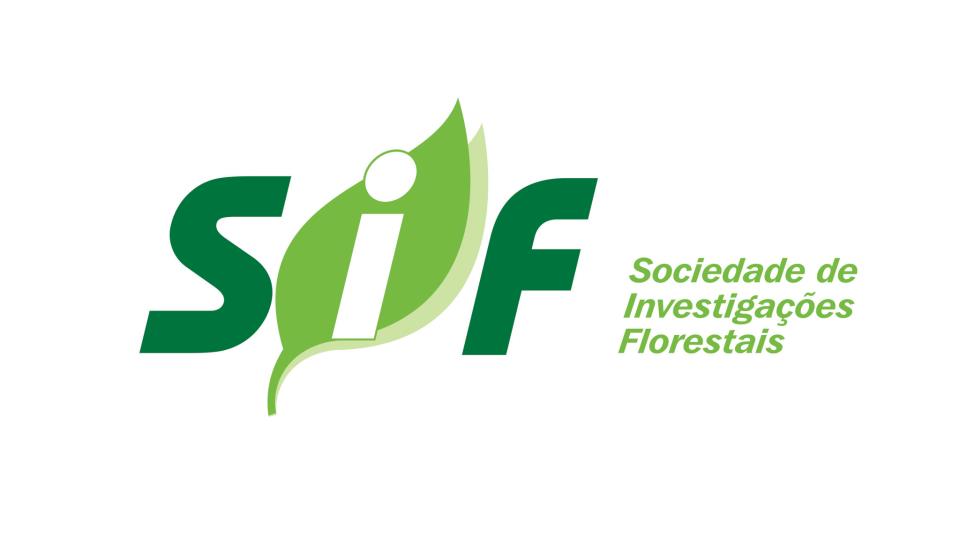| dc.contributor.author |
Môra, Rômulo |
|
| dc.contributor.author |
Silva, Gilson Fernandes da |
|
| dc.contributor.author |
Gonçalves, Fabricio Gomes |
|
| dc.contributor.author |
Soares, Carlos Pedro Boechat |
|
| dc.contributor.author |
Chichorro, José Franklim |
|
| dc.contributor.author |
Curto, Rafaella De Angeli |
|
| dc.date.accessioned |
2015-09-28T18:39:54Z |
|
| dc.date.available |
2015-09-28T18:39:54Z |
|
| dc.date.issued |
2014-06 |
|
| dc.identifier.citation |
MÔRA, R. et al. Análise de diferentes formas de ajuste de funções de afilamento. Scientia Forestalis, Piracicaba, v. 42, n. 102, p. 237-249, jun. 2014. |
pt_BR |
| dc.identifier.issn |
2318-1222 |
|
| dc.identifier.uri |
http://www.bibliotecaflorestal.ufv.br:80/handle/123456789/15302 |
|
| dc.description.abstract |
Neste trabalho objetivou-se verificar as diferentes formas de ajuste de funções de afilamento quanto às estimativas das variáveis diâmetro, altura e volume, utilizando os coeficientes obtidos a partir do ajuste em função do modelo original e das expressões das variáveis hi e di Foram avaliados os modelos de afilamento de Baldwin, Demaerschalk, Kozak e Ormerod para fustes do híbrido Eucalyptus urophylla x Eucalyptus grandis. Foram comparadas as estimativas da variável diâmetro e altura obtidas a partir do modelo original (relação (di/dap)) com as obtidas por meio de expressões de di e hi rearranjadas do modelo original. As estimativas do volume foram comparadas por meio da integração do modelo original e da expressão do diâmetro. A escolha do melhor modelo e das diferentes formas de ajuste foi feita pela análise gráfica dos resíduos, pelo R², pelo erro padrão estimado em porcentagem (Syx(%)), pelo viés (V), pela média das diferenças (MD) e pelo desvio padrão das diferenças (DPD). Pelos resultados encontrados, o modelo de Demaerschalk foi o mais preciso para as três variáveis para as diferentes formas do ajuste. Em relação às estimativas das variáveis diâmetro e altura, as equações ajustadas a partir das variáveis diâmetro e altura explicitadas mostraram-se mais precisas, enquanto o volume obtido da integração da expressão de diâmetro foi o mais preciso. |
pt_BR |
| dc.description.abstract |
The aim of this research was to evaluate different adjustments of taper functions for the estimates of the variables diameter, height and volume using the coefficients obtained from the adjustment obtained on the original model and the expression of hi and di variables. Evaluated were the taper models of Baldwin, Demaerschalk, Kozak e Ormerod of Eucalyptus urophylla x Eucalyptus grandis stem. The estimates of diameter and height obtained from original model (relation (di/dap)) were compared with the estimates obtained from the expressions of di and hi rearranged on the original model. The estimate of volume was compared by integrating of the original model and the diameter expression. The choice of the best model and the different ways of adjust were realized by graphical analysis of errors, determination coefficient (R²), estimated standard error (Syx(%)), bias (V), average of the differences (MD) and standard deviation of the differences (DPD). The Demaerschalk model was the most accurate for the three variables for the different ways of adjustment. Considering the estimate of diameter and height, the adjustment equations for diameter and height variables have proved more accurate while the estimate of volume was more accurate with the integration of the expressions of diameter. |
pt_BR |
| dc.format |
13 páginas |
pt_BR |
| dc.language.iso |
pt_BR |
pt_BR |
| dc.publisher |
Instituto de Pesquisas e Estudos Florestais |
pt_BR |
| dc.relation.ispartofseries |
Scientia Forestalis:v.42,n.102; |
|
| dc.subject.classification |
Ciências Florestais::Manejo florestal::Dendrometria e mensuração florestal |
pt_BR |
| dc.title |
Análise de diferentes formas de ajuste de funções de afilamento |
pt_BR |
| dc.title |
Analysis of different adjustment forms of taper functions |
pt_BR |
| dc.type |
Artigo |
pt_BR |







